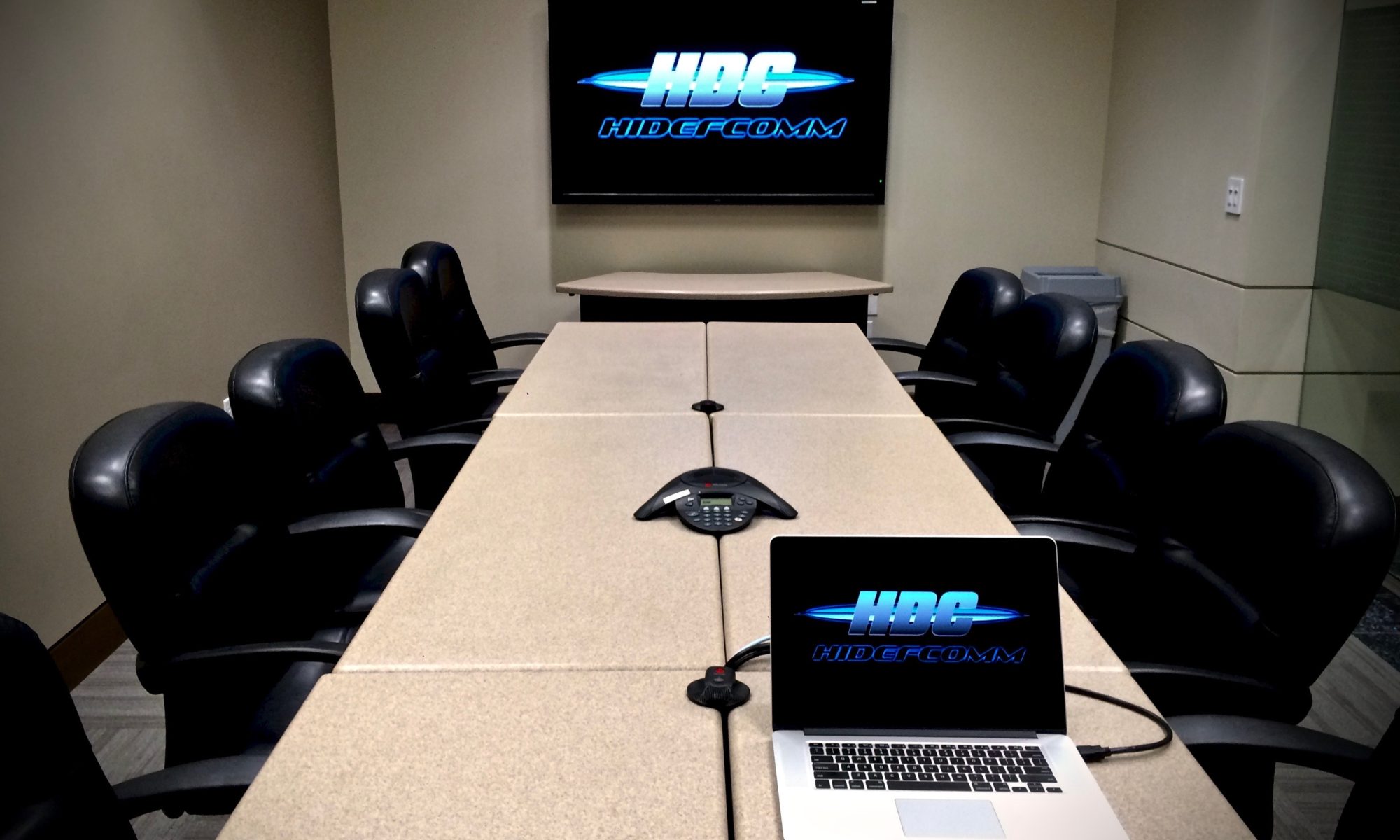STRONG NARRATIVE ESSAYS will always going. They begin with action–the narrator snowboarding utilizing the Aspen Ski Patrol, for instance, then deepen the scene with descriptions–the dry powder, the high bowls, the belated January sky.
Chances are they quickly relocate to background information–aspects regarding the ski patrol, the way they react to calls–and then period back over and over repeatedly.
As soon as the author performs this well, your reader keeps going too. Information which may otherwise slow your reader down (as an example, information on working out and certifications had a need to access it the ski patrol) becomes acutely essential and appropriate when it’s sandwiched between dramatic scenes of patrol-members obtaining a call, then riding off to assist the target.
Your capability then, to keep up and get a grip on energy throughout an essay depends upon the means you form scenes.
Just how to Break Your Essay into Scenes
The way that is easiest to generate scenes would be to determine a straightforward and single “event” to use as a narrative framework. This is actually the ongoing “story-line” to which you’ll add the important points, a few ideas, and information you intend to convey.
The obvious activities currently have some sort of inherent structure that is dramatic in, like climbing a hill or happening a romantic date. Or, just utilizing the chronology of per day (“a day in the life”) or evening, after the hours, the positioning for the sun / moon and other ecological facets, could be a simple and way that is natural produce scenes, specifically for starting article writers.
It’s important to notice nonetheless, that the function does not fundamentally need to be dramatic in and of it self.
All that вЂhappens’ is the narrator gets stuck in his cabin in the North Georgia mountains and spends the night reading the thesis of a student who has died in one of my favorite essays, Sleet by Coleman Barks. The movement comes through the narrators recollections and imagination in this case.
No matter what you decide on as the event, what counts could be the motion amongst the scenes plus the ruminations that are narrator’s ideas, and whatever info is provided. It should be powerful.
A typical example of Weaving Scenes / Information
When you’ve selected a meeting, while having a basic idea about the information and knowledge you need to talk about, the scenes often start to emerge obviously.
Let’s state you reside vegas and wish to compose a narrative essay about foreclosures here. You wish to talk about financial causes of the foreclosures, the present situation, historic context, and perspective for future years. You may spend every single day driving around taking a look at foreclosed homes and speaking with differing people about it.
Here’s one breakdown that is possible of followed closely by just what information. is supposed to be talked about
- Scene 1: driving around suburban sprawl info 1: factual statements about present situation that is foreclosure Las Vegas
- Scene 2: stopping and speaking with home owner information 2: breakdown of economic facets leading foreclosures
- Scene 3: stopping for meal at restaurant, then visiting casino information 3: historic context of domestic development in area contrasting with current styles
- Scene 4: driving as much as surrounding hills for vista regarding the town >>> info 4. future outlook
Transitions
Weaving scenes and information together calls for your reader in order to make fast leaps in and out from the tale. This could be disorienting and troublesome if you don’t connect every thing together making use of transitions that are smooth.
Into the example that is following Hal Amen recounts a hike up Chacaltaya Glacier in Bolivia.
Using one hand he’s describing the climb, but at exactly the same time he’s actually writing an essay about Bolivia, the neighborhood community, as well as the effects of worldwide weather modification.
He starts the tale by putting your reader immediately regarding the hill, into the action:
I stumble, lacking one step. a small lightheadedness is all. Possibly i ought to’ve consumed more for morning meal.
Then utilizing an easy but effective change, he moves straight into a little bit of back ground information on the location:
Mild dizziness aside, summiting is a cakewalk. Miners do it—the upper plateaus are full of ore buckets and little lake-lets are stained blood-red from iron and green from copper.
Die-hard skiers do so. Chacaltaya has held the record of world’s highest ski resort since 1939, whenever Club Andino Boliviano built an access road, little lodge, and rope-tow lift within the glacier.
The narrator will continue to offer a few more paragraphs of data in regards to the reputation for the region, then runs on the estimate through the guide to bring your reader right back in to the “story”:
“It’s their source that is only of,” Juan tells me personally when I stay shivering during the summit, taking into the smoggy sprawl of El Alto regarding the Altiplano far below.
Whenever done well, this motion from background information back once again to scene not merely educates your reader but produces this effectation of time having passed away when you look at the tale. It nearly appears as though the narrator, while describing reasons for the mountain, had been actually climbing http://www.essaywriters.us/.
That’s the goal: to share information or a few ideas while during the exact same time produce a feeling of forward motion. Think about a river, switching, twisting, going through different varieties of landscapes, but downstream that is always pushing. *The MatadorU Travel program that is writing allow you to build the abilities you’ll want to turn into a travel writer.

